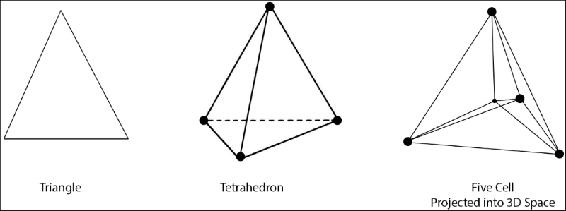Gabor Szauer [Gabor Szauer] - Game Physics Cookbook
Here you can read online Gabor Szauer [Gabor Szauer] - Game Physics Cookbook full text of the book (entire story) in english for free. Download pdf and epub, get meaning, cover and reviews about this ebook. year: 2017, publisher: Packt Publishing, genre: Children. Description of the work, (preface) as well as reviews are available. Best literature library LitArk.com created for fans of good reading and offers a wide selection of genres:
Romance novel
Science fiction
Adventure
Detective
Science
History
Home and family
Prose
Art
Politics
Computer
Non-fiction
Religion
Business
Children
Humor
Choose a favorite category and find really read worthwhile books. Enjoy immersion in the world of imagination, feel the emotions of the characters or learn something new for yourself, make an fascinating discovery.
- Book:Game Physics Cookbook
- Author:
- Publisher:Packt Publishing
- Genre:
- Year:2017
- Rating:4 / 5
- Favourites:Add to favourites
- Your mark:
Game Physics Cookbook: summary, description and annotation
We offer to read an annotation, description, summary or preface (depends on what the author of the book "Game Physics Cookbook" wrote himself). If you haven't found the necessary information about the book — write in the comments, we will try to find it.
Discover over 100 easy-to-follow recipes to help you implement efficient game physics and collision detection in your games
About This Book
- Get a comprehensive coverage of techniques to create high performance collision detection in games
- Learn the core mathematics concepts and physics involved in depicting collision detection for your games
- Get a hands-on experience of building a rigid body physics engine
Who This Book Is For
This book is for beginner to intermediate game developers. You dont need to have a formal education in gamesyou can be a hobbyist or indie developer who started making games with Unity 3D.
What You Will Learn
- Implement fundamental maths so you can develop solid game physics
- Use matrices to encode linear transformations
- Know how to check geometric primitives for collisions
- Build a Physics engine that can create realistic rigid body behavior
- Understand advanced techniques, including the Separating Axis Theorem
- Create physically accurate collision reactions
- Explore spatial partitioning as an acceleration structure for collisions
- Resolve rigid body collisions between primitive shapes
In Detail
Physics is really important for game programmers who want to add realism and functionality to their games. Collision detection in particular is a problem that affects all game developers, regardless of the platform, engine, or toolkit they use.
This book will teach you the concepts and formulas behind collision detection. You will also be taught how to build a simple physics engine, where Rigid Body physics is the main focus, and learn about intersection algorithms for primitive shapes.
Youll begin by building a strong foundation in mathematics that will be used throughout the book. Well guide you through implementing 2D and 3D primitives and show you how to perform effective collision tests for them. We then pivot to one of the harder areas of game developmentcollision detection and resolution.
Further on, you will learn what a Physics engine is, how to set up a game window, and how to implement rendering. Well explore advanced physics topics such as constraint solving. Youll also find out how to implement a rudimentary physics engine, which you can use to build an Angry Birds type of game or a more advanced game.
By the end of the book, you will have implemented all primitive and some advanced collision tests, and you will be able to read on geometry and linear Algebra formulas to take forward to your own games!
Style and approach
Gain the necessary skills needed to build a Physics engine for your games through practical recipes, in an easy-to-read manner. Every topic explained in the book has clear, easy to understand code accompanying it.
Downloading the example code for this book. You can download the example code files for all Packt books you have purchased from your account at http://www.PacktPub.com. If you purchased this book elsewhere, you can visit http://www.PacktPub.com/support and register to have the code file.
Gabor Szauer [Gabor Szauer]: author's other books
Who wrote Game Physics Cookbook? Find out the surname, the name of the author of the book and a list of all author's works by series.

![Gabor Szauer [Gabor Szauer] Game Physics Cookbook](/uploads/posts/book/121399/thumbs/gabor-szauer-gabor-szauer-game-physics-cookbook.jpg)
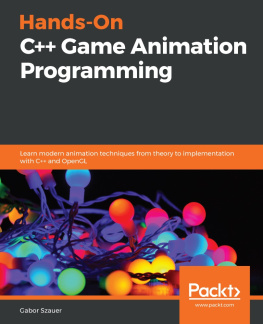

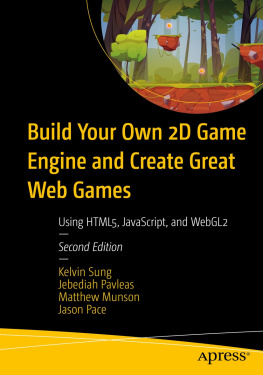
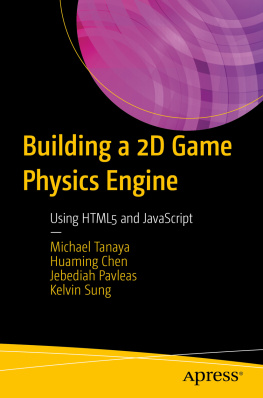
![Rex van der Spuy [Rex van der Spuy] - Foundation Game Design with HTML5 and JavaScript](/uploads/posts/book/121398/thumbs/rex-van-der-spuy-rex-van-der-spuy-foundation.jpg)
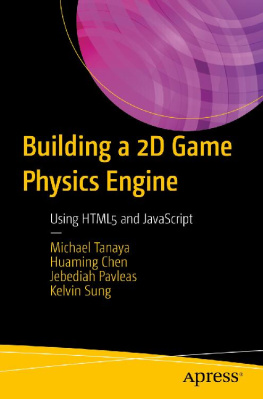
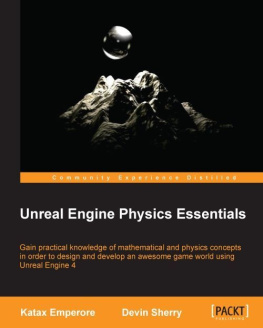
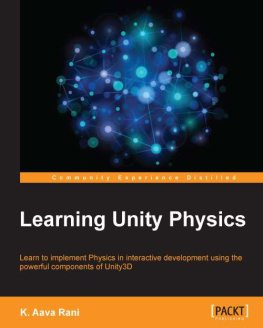
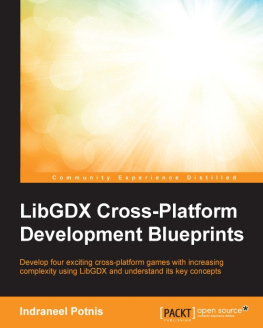
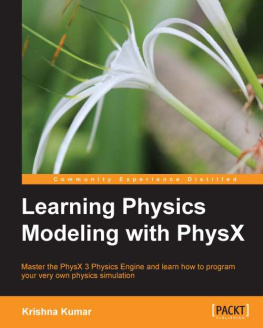

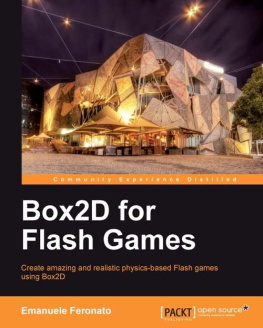


 symbol means element of and the
symbol means element of and the  symbol means the direct sum of two groups. We are defining how to take the direct sum of two shapes that might not have the same number of vertices.
symbol means the direct sum of two groups. We are defining how to take the direct sum of two shapes that might not have the same number of vertices.
